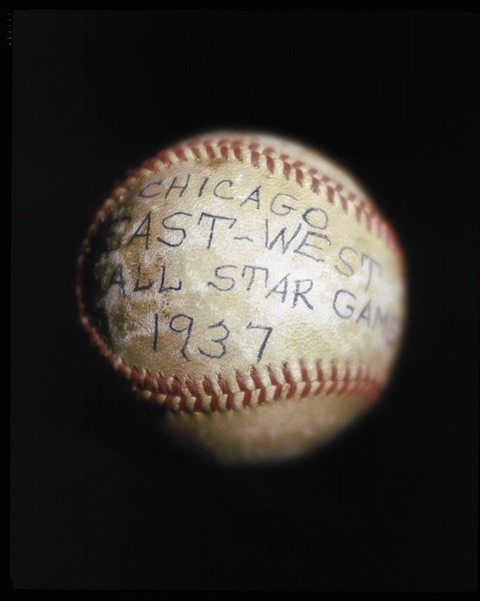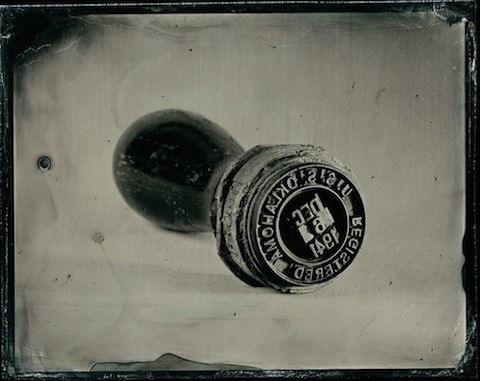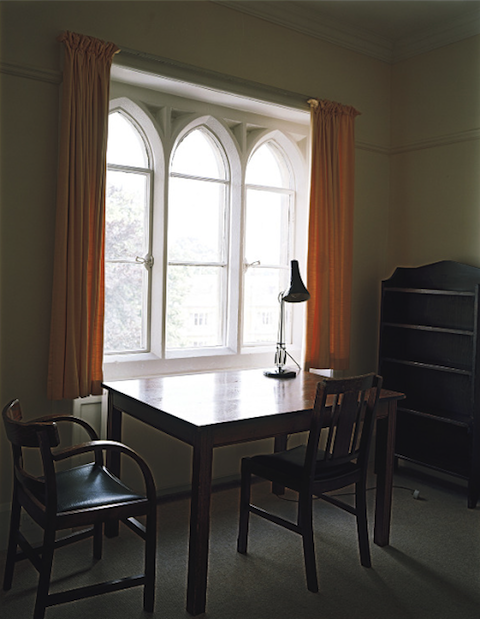In 2006, a profile of Christopher Hitchens in The New Yorker noted how its subject had the tendency to drink “like a Hemingway character: continually and to no apparent effect.” Although Ernest Hemingway’s approach to alcohol informed the habits of his literary personages, it differed significantly from that of the late journalist. Hemingway, counter to his image, stood firmly against mixing writing and drinking, and when asked about combining the two exclaimed:
“Jeezus Christ! Have you ever heard of anyone who drank while he worked? You’re thinking of Faulkner. He does sometimes—and I can tell right in the middle of a page when he’s had his first one. Besides, who in hell would mix more than one martini at a time, anyway?”
Whereas Hemingway’s approach to writing and imbibing was often marked by a cautious and professional wall of separation, Hitchens had no such compunctions. The contrarian willingly admitted to drinking a fortifying mixture of wine and spirit throughout the day:
“I work at home, where there is indeed a bar-room, and can suit myself.… At about half past midday, a decent slug of Mr. Walker’s amber restorative, cut with Perrier water (an ideal delivery system) and no ice. At luncheon, perhaps half a bottle of red wine: not always more but never less. Then back to the desk, and ready to repeat the treatment at the evening meal. No “after dinner drinks”—most especially nothing sweet and never, ever any brandy. “Nightcaps” depend on how well the day went, but always the mixture as before. No mixing: no messing around with a gin here and a vodka there.”
Despite this hale and hearty routine, Hitchens claimed to be invigorated rather than impaired by his consumption:
“… on average I produce at least a thousand words of printable copy every day, and sometimes more. I have never missed a deadline. I give a class or a lecture or a seminar perhaps four times a month and have never been late for an engagement or shown up the worse for wear. My boyish visage and my mellifluous tones are fairly regularly to be seen and heard on TV and radio, and nothing will amplify the slightest slur more than the studio microphone.”
As with fishing and amorous exploits, so with drinking—one should be skeptical of bold claims. Nevertheless, Graydon Carter, the longstanding editor of Vanity Fair magazine, corroborated the robustness of Hitchens’ constitution in a fond and respectful obituary following the journalist’s death in 2011.
“He was a man of insatiable appetites—for cigarettes, for scotch, for company, for great writing, and, above all, for conversation… Pre-lunch canisters of scotch were followed by a couple of glasses of wine during the meal and a similar quantity of post-meal cognac. That was just his intake. After stumbling back to the office, we set him up at a rickety table and with an old Olivetti, and in a symphony of clacking he produced a 1,000-word column of near perfection in under half an hour.”
In the clip above, Hitchens makes his well-researched pronouncements on the world’s best Scotch whisky. Below, the former Asylum.com producer Anthony Layser sits down with Hitchens for a drink following the release of his memoir, Hitch-22. Over Hitchens’ beloved spirit, the duo discusses everything from writing, to Brazilian waxes, to waterboarding. The conversation, lasting some 14 minutes, is part of an Asylum.com series titled Drinks with Writers, which includes Layser’s interviews with Gary Shteyngart, Simon Rich, and Nick Hornby.
Related Content:
Christopher Hitchens Revises the Ten Commandments
Christopher Hitchens Answers Reddit User Questions
Christopher Hitchens Creates a Reading List for Eight-Year-Old Girl
Ilia Blinderman is a Montreal-based culture and science writer. Follow him at @iliablinderman.













